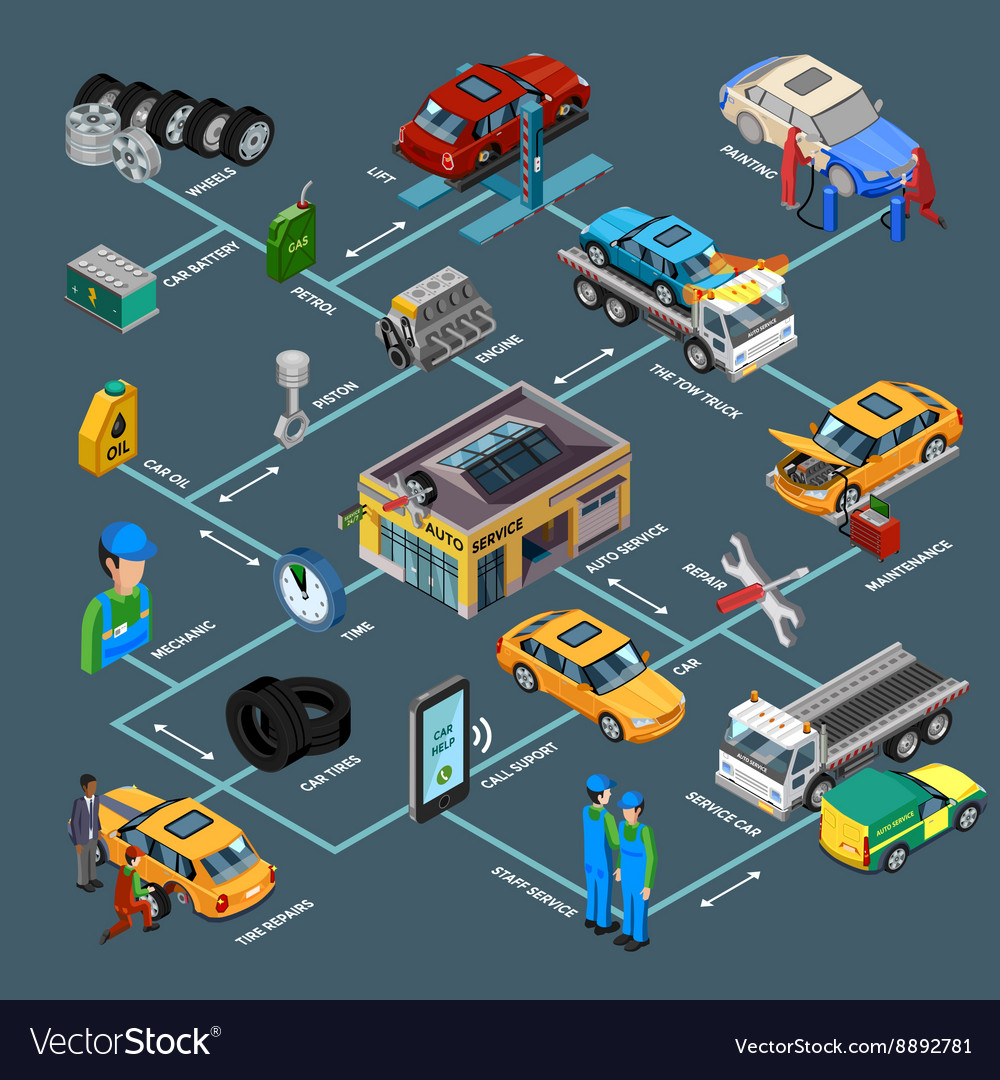Assessing Your Car'S Caution Indicators: What They Truly Convey
Assessing Your Car'S Caution Indicators: What They Truly Convey
Blog Article
why not check here Developed By-Higgins Shepherd
When you're behind the wheel, those beautiful caution lights on your control panel can be a little bit puzzling. Do you recognize what they're attempting to inform you concerning your vehicle's health? Understanding the value of these lights is crucial for your safety and security and the long life of your car. So, the next time among those lights appears, wouldn't you intend to decipher its message properly and take the essential steps to address it?
Common Warning Lights and Interpretations
Determine usual caution lights in your cars and truck and recognize their meanings to ensure secure driving.
The most regular warning lights consist of the check engine light, which signals problems with the engine or exhausts system. If this light begins, it's critical to have your car inspected immediately.
The oil stress warning light indicates low oil stress, requiring instant attention to prevent engine damages.
A blinking battery light might recommend a damaged charging system, potentially leaving you stranded if not addressed.
The tire stress surveillance system (TPMS) light informs you to low tire stress, influencing automobile stability and fuel performance. Neglecting this could bring about risky driving problems.
The abdominal light suggests an issue with the anti-lock stopping system, compromising your ability to quit quickly in emergency situations.
Finally, the coolant temperature level advising light warns of engine getting too hot, which can lead to serious damages if not solved promptly.
Comprehending these typical caution lights will certainly help you resolve problems promptly and maintain risk-free driving conditions.
Importance of Prompt Focus
Understanding the common caution lights in your auto is just the initial step; the importance of without delay addressing these cautions can not be highlighted enough to ensure your safety when traveling.
When a caution light brightens on your control panel, it's your auto's way of communicating a prospective concern that requires attention. Ignoring these warnings can cause a lot more serious issues down the road, endangering your safety and security and possibly costing you much more in repairs.
Motivate focus to advising lights can protect against failures and crashes. For instance, a blinking check engine light could suggest a misfire that, if left unattended, could cause damage to the catalytic converter. Addressing this quickly can conserve you from a pricey repair work.
Similarly, a brake system advising light may signify reduced brake fluid or used brake pads, vital parts for your security when driving.
Do It Yourself Troubleshooting Tips
If you observe a warning light on your control panel, there are a couple of do it yourself repairing pointers you can try prior to looking for expert aid.
vehicle detailing near me is to consult your vehicle's handbook to comprehend what the certain caution light suggests. Occasionally the problem can be as basic as a loose gas cap setting off the check engine light. Tightening the gas cap may deal with the problem.
Another typical concern is a reduced battery, which can activate various warning lights. Checking the battery connections for corrosion and guaranteeing they're secure might fix the problem.
If a caution light continues, you can try resetting it by disconnecting the auto's battery for a few mins and afterwards reconnecting it. Furthermore, examining your automobile's liquid degrees, such as oil, coolant, and brake liquid, can assist repair alerting lights associated with these systems.
Conclusion
In conclusion, understanding your vehicle's caution lights is essential for keeping your car running smoothly and safely. By without https://brake-change94050.dm-blog.com/30030678/typical-risks-in-vehicle-detailing-and-tips-for-avoidance dealing with these informs and recognizing what they indicate, you can avoid pricey fixings and prospective malfunctions.
Keep in mind to consult your cars and truck's guidebook for particular details on each warning light and take action appropriately to ensure a hassle-free driving experience.
Remain informed, remain secure on the road!
